Early Wednesday morning two teams consisting of 8 Islamic State fighters carried out a series of coordinated attacks against the parliament building in Tehran, and the mausoleum of Ayatollah Khomeini. The parliament building is situated in the center of Tehran, whereas the mausoleum is located in the hillsides south of Tehran. By midday the attacks had left 19 people dead, and 42 people injured, with Iranian counter terrorism units having neutralized the attackers. The casualty number is likely to rise, as several of the injured are reported to be in critical condition.
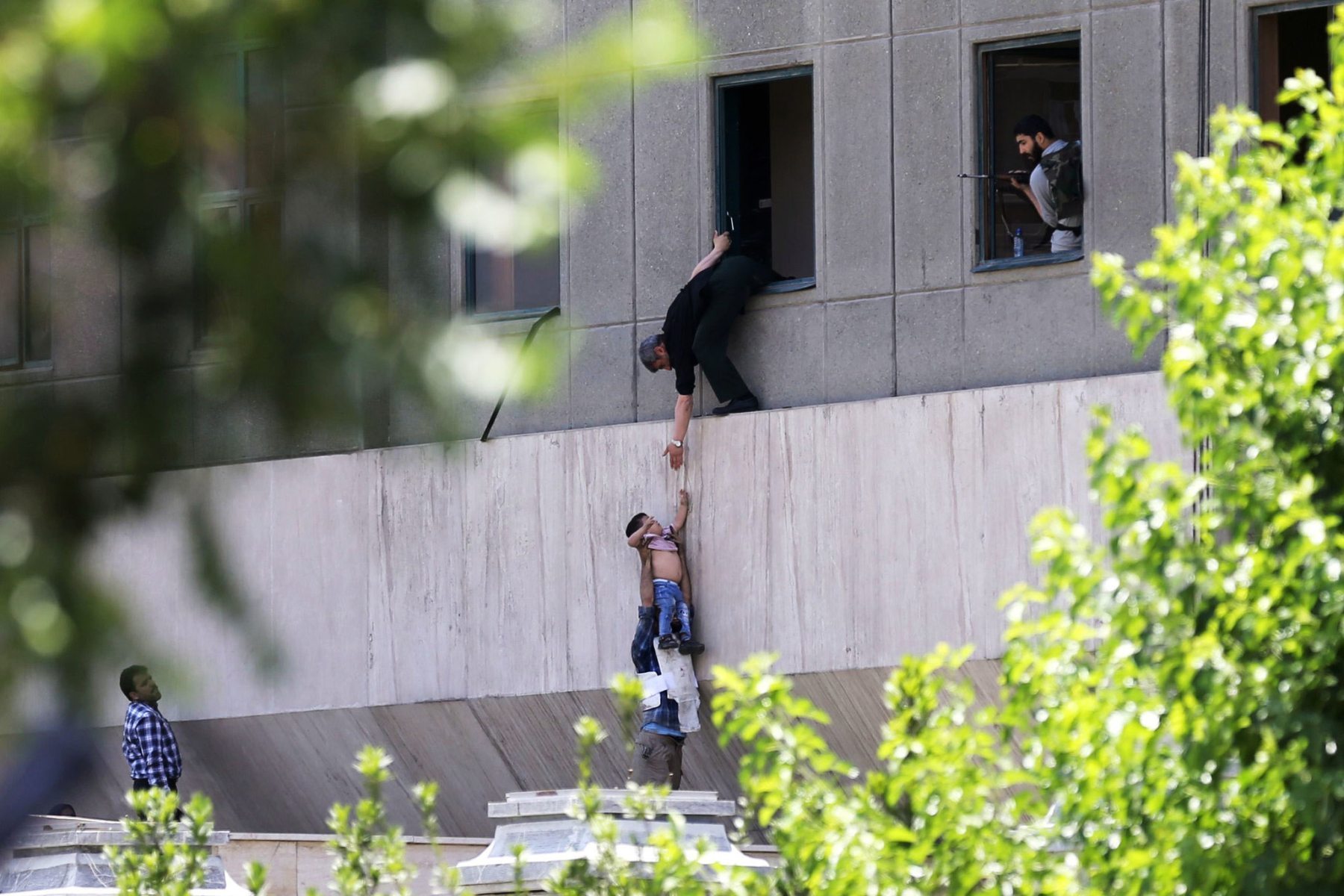
Terror strikes
At 10:40 (IRST) local time, the attacks began. As the parliament attack team entered the building carrying AK47s, suicide belts, and grenades, a guard opened fire against them with a sidearm killing one of the attackers before being gunned down himself. With parliament being in session at the time, panic erupted.
The building’s security forces quickly began evacuating individuals through emergency exits. When the emergency exits were deemed unsafe they began lowering people down through windows. The attack team quickly laid siege to the upper floors, leaving one of the attackers to guard the entrance.
At the same time, another attack team had begun an assault on the shrine and mausoleum of Ayatollah Khomeini, 19 kilometers away. Four attackers, carrying the same loadout as the team attacking the parliament building, entered the mausoleum compound and opened fire against security guards there. At least one of the attackers was dressed like a woman, and detonated a suicide belt. The explosion killed one security guard, and reportedly injured a handful of visitors.
A secondary security guard engaged one of the attackers using a 9mm PC-9 ZOAF pistol, the unlicensed local variation of the SIG Sauer P226, killing the attacker. This left 2 attackers still active. According to eyewitness reports, one of the attackers opened fire against the security guard, injuring him gravely, while the other attacker threw grenades towards the main exit. The mausoleum compound’s security forces had at that point begun responding, and were underway with evacuating people from the area.
(Cell phone video of suicide belt detonation, followed by a fire exchange between guards and attackers, via Jamaran Iranian News).
Iranian counter terrorism units were quick to respond to both attacks. The first unit arrived at the parliament building within 30 minutes of the first shots. Security forces had at that point already entered the lobby of the building. The counter terrorism units engaged the attacker on the ground floor, who blew himself up using a suicide belt.
Moments before the Counter Terrorism units entered the besieged upper floor of the parliament building, they deployed cellphone jammers inside and outside the building. Once it was confirmed that the cellphone networks had been disabled, a 10 man team entered using 5 entry points into the large room. All Islamic State fighters were neutralized in the assault.
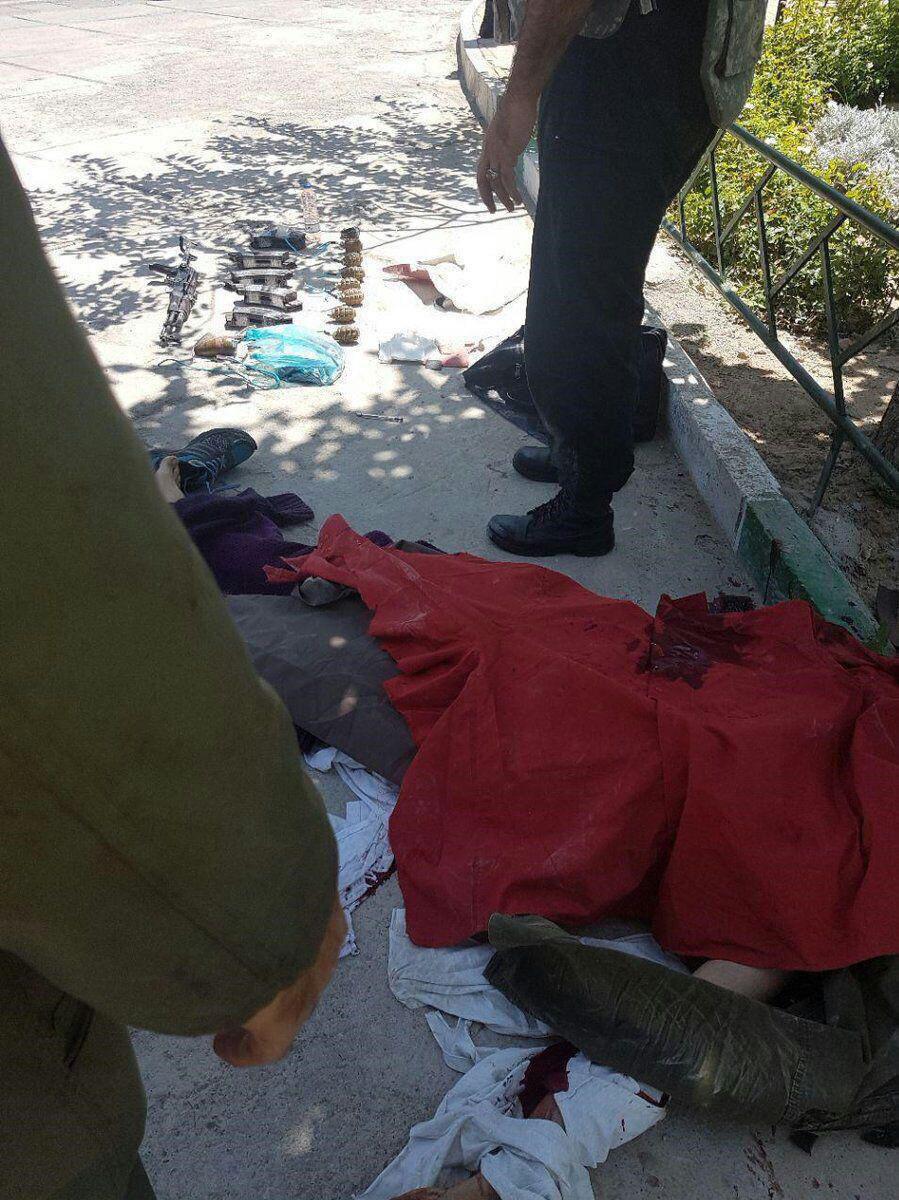
At the mausoleum, the compound’s security forces had established a safety zone. Eyewitnesses reported hearing bursts of gunfire from inside the compound. The arriving counter-terrorism units entered the mausoleum compound 3 hours and 12 minutes after the initial shots. According to early reports, one attacker was captured alive.
The attacks went on for 4 hours, and left 19 people dead. Of the 19 dead, 7 were attackers. Despite attacks of this nature being quite unusual in the highly secured Iranian capital, the security services appear to have responded extremely efficiently. The Interior Ministry called for an urgent security meeting. A nationwide alert went out within an hour of the beginning of the siege, stating that the country is on high alert, and officials urged people to avoid using public transportation until further notice.
A third planned attack, which was foiled before it could materialize, was reported by the Iranian Intelligence Ministry. The attack was discovered mere hours before it was scheduled to be initiated, and was prevented by the Ministry ordering an early morning raid on a safe house where the attack team was staying. At present there is no information on how many were captured, or neutralized, during said raid.

The Islamic State was quick to lay claim to the still ongoing operation through their al Amaq propaganda outlet. Al Amaq stayed in touch with the men inside the parliament building throughout the siege, publishing a 24-second long video purportedly shot inside the parliament building during the siege. While the person heard in the video is speaking Arabic, it appears that he is not a native Arabic speaker. In the video, one of the attackers is heard yelling, in Arabic but with an Iranian dialect, “Do you ever think that we will leave? We are here to stay, Allah willing.”
Context
The attack comes less than a month after the incumbent Iranian President, Hassan Rouhani, was re-elected. Rouhani is considered a moderate, and won by a significant margin despite his opponents being directly supported by the hardline clergy and the Islamic Revolutionary Guard Corps (IRGC). As national security was a premier topic during the election, it is likely that these attacks will undermine the relatively progressive power base that Rouhani has, in favor of a shift towards a more hardline leaning domestic security policy.
While the obvious connection between the attackers and Islamic State’s al Amaq support the claim that the Islamic State was directly involved in the operation, it is not conclusive. In recent months, the Islamic State has made numerous dubious claims of involvement in attacks, such as the recent attack against the Resorts World Casino in Manila, Philippines. If the Islamic State’s claim of involvement in today’s Tehran attack can be substantiated, it would make it the first attack conducted by the Salafist Sunni terror group inside Shia Iran.
There are some indicators that the attack might instead have been carried out by the Mojahedin-e Khalq (MKO) movement, an Iranian left leaning militia movement which seeks to overthrow the Iranian government. However, MKO is yet to make a public announcement regarding the attack. Presently, the declared involvement of the Islamic State can be taken at face value, and considered likely. Iranian security officials have refused to state what organizations they suspect to be behind the attacks, though state media has referred to the attackers as “terrorists.”
Iran has long been an active, and important, member of the on-the-ground battle against the Islamic State throughout the Middle East. In early March, the Islamic State in Raqqa published its first video in Persian. The video stated that the Islamic State intends to “conquer Iran and restore it to Sunni Muslim nationhood as Allah wills.” It also accused the Iranian government of persecuting Sunnis, and for standing against Allah. Historically, Iran has battled a Sunni insurgency within its borders since the early 1900s. The insurgency originates from the Sunni controlled province known as Sistan Baluchistan, in the south eastern part of the country. The province borders Pakistan, and has in the past been used as a gateway for Salafist militia groups, such as al Qaeda, crossing the border.
While visiting Saudi Arabia in May, U.S. President Donald Trump accused Iran of giving terrorists “safe harbor, and financial backing.” The statement was made while addressing a large congregation of regional Sunni leaders, and was an attempt to encourage regional unity against Sunni Salafism terrorist groups such as the Islamic State and al Qaeda. The speech drew no distinction between militia groups affiliated with Iran, and Sunni militia groups affiliated with Saudi Arabia – such as the Islamic State. Instead, the speech sought to appease and strengthen the long standing relationship between the US and Saudi Arabia by encouraging a Saudi-led anti-Iranian coalition to be created. Iran and Saudi Arabia have since 2015 been fighting a de facto proxy war within the Yemeni civil war. The Trump administration has also signaled it might increase its military support for the Saudi-led coalition fighting the Iran-backed Houthi rebels in Yemen.
Since Trump’s visit to Riyadh, Saudi Arabia has severed diplomatic relations with Qatar, which borders Saudi Arabia, on the grounds that Qatar is supporting terrorism and has dialog with Iran. Saudi Deputy Crown Prince Mohammed bin Salman remarked in an interview on May 3rd that Saudi Arabia “will not wait until the fight is inside Saudi Arabia and we will work so that the battle is on their side, inside Iran.”
Iran’s Foreign Minister, Javad Zarif, will be visiting Turkey to discuss regional issues, such as the Qatar situation later today. There is little doubt the terror attack will be discussed, and used as a means to further diplomatic dialog between the two nations.
John Sjoholm, Lima Charlie News [Edited by May Hamza]
John Sjoholm is Lima Charlie’s Middle East Bureau Chief, Managing Editor, and founder of the consulting firm Erudite Group. A seasoned expert on Middle East and North Africa matters, he has a background in security contracting and has served as a geopolitical advisor to regional leaders. He was educated in religion and languages in Sana’a, Yemen, and Cairo, Egypt, and has lived in the region since 2005, contributing to numerous Western-supported stabilisation projects. He currently resides in Jordan. Follow John on Twitter @JohnSjoholmLC
Lima Charlie World provides global news, featuring insight & analysis by military veterans, intelligence professionals and foreign policy experts Worldwide.
For up-to-date news, please follow us on twitter at @LimaCharlieNews
In case you missed it:

![Image Terror strikes Tehran [Lima Charlie News]](https://limacharlienews.com/wp-content/uploads/2017/06/Tehran-attack.jpg)
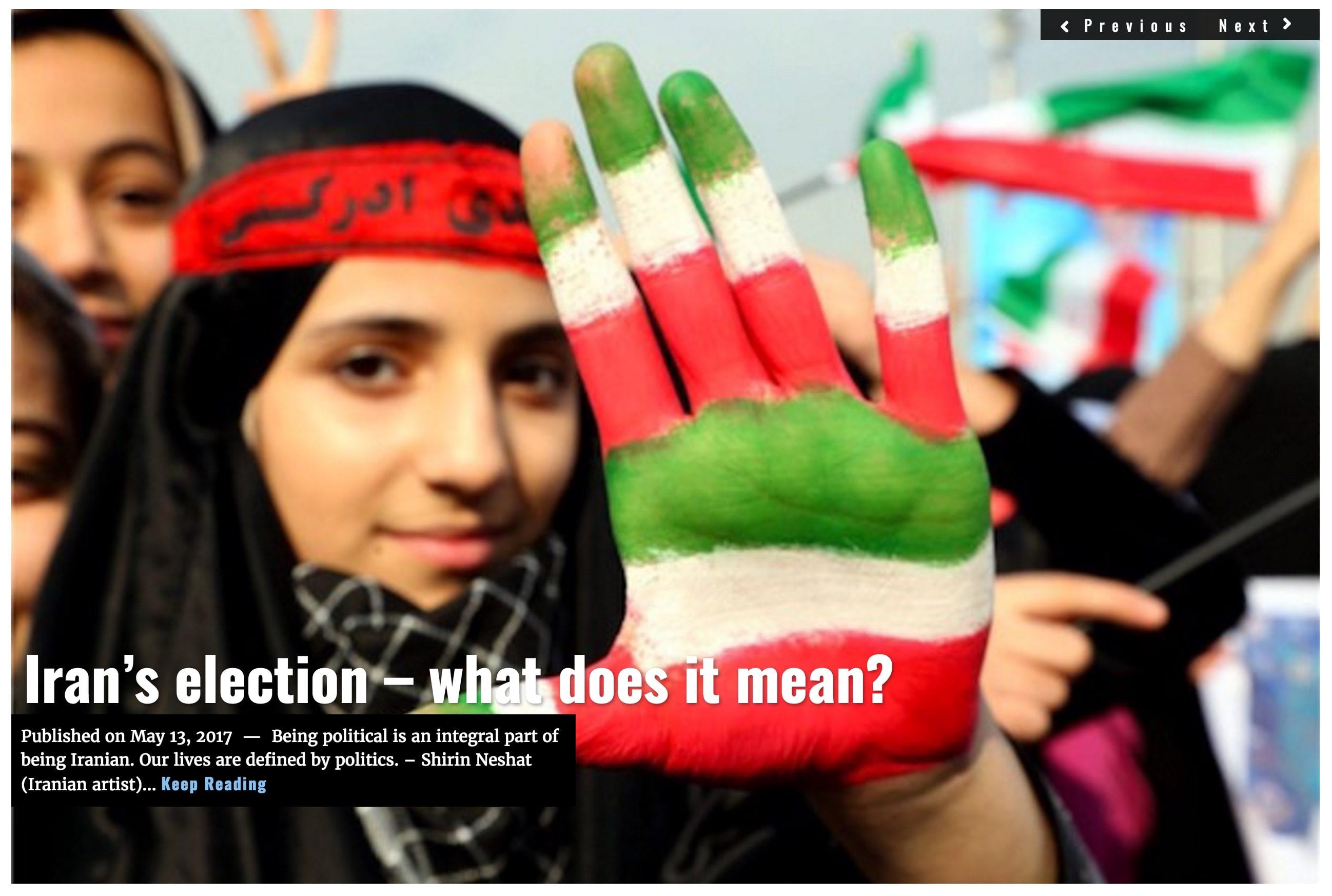
![Iranian crackdown on MEK shows the activist group has popular support [Lima Charlie News]](https://limacharlienews.com/wp-content/uploads/2019/05/Iran-MEK-Lima-Charlie-001-480x384.png)
![The Mind of Bolton - AUMF and the New Iran War [Lima Charlie News]](https://limacharlienews.com/wp-content/uploads/2019/05/Inside-the-mind-of-Bolton-Lima-Charlie-News-main-01-480x384.png)
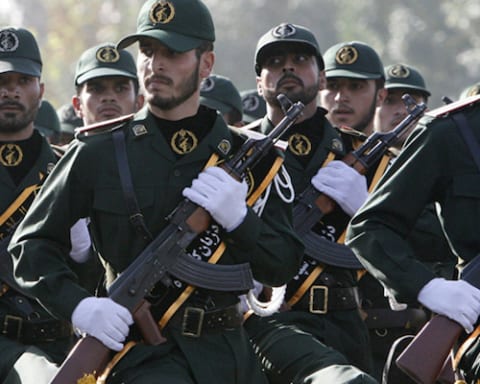


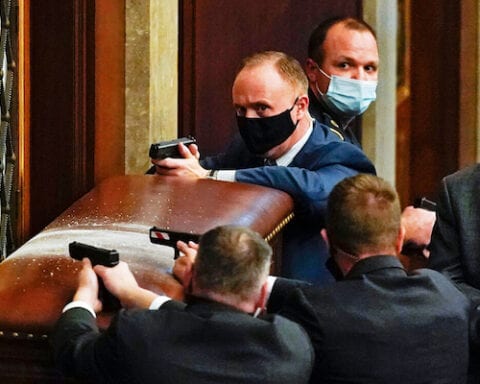
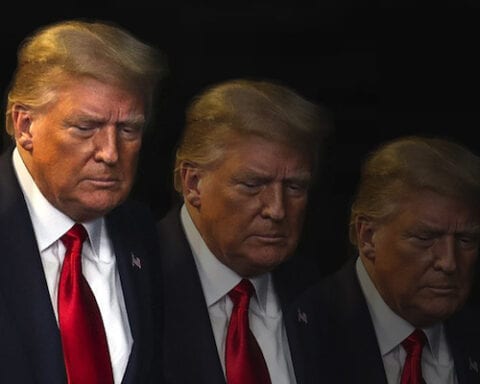

![Iranian crackdown on MEK shows the activist group has popular support [Lima Charlie News]](https://limacharlienews.com/wp-content/uploads/2019/05/Iran-MEK-Lima-Charlie-001-150x100.png)
![The Mind of Bolton - AUMF and the New Iran War [Lima Charlie News]](https://limacharlienews.com/wp-content/uploads/2019/05/Inside-the-mind-of-Bolton-Lima-Charlie-News-main-01-150x100.png)